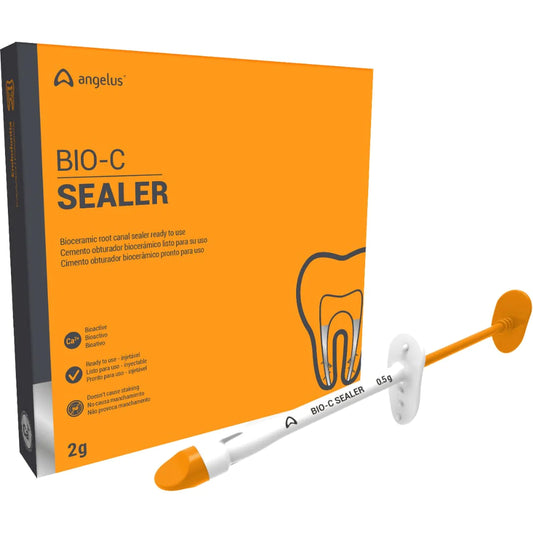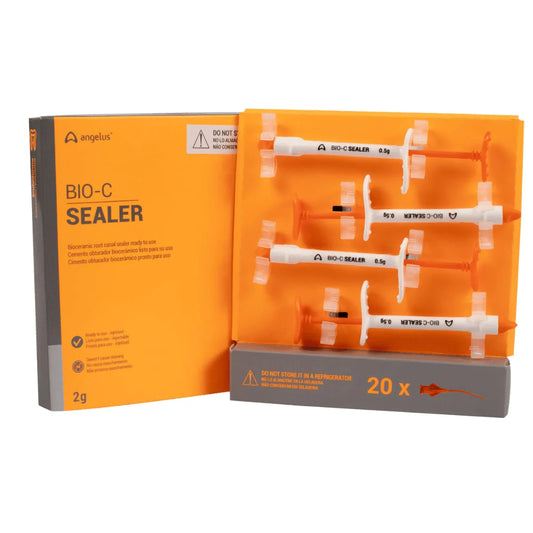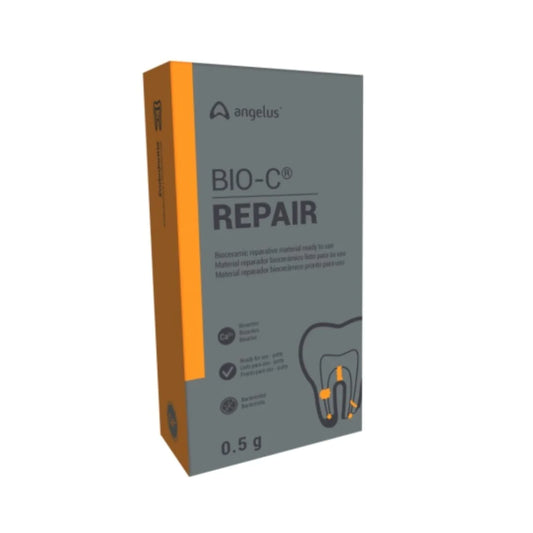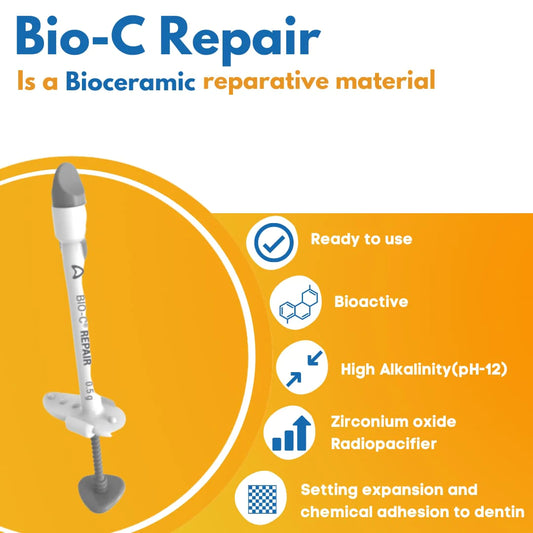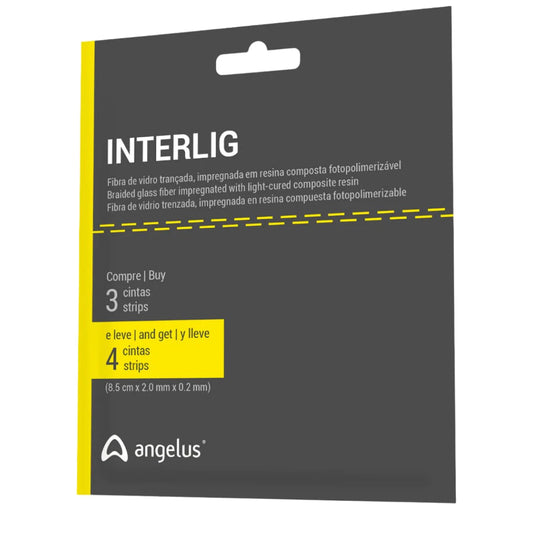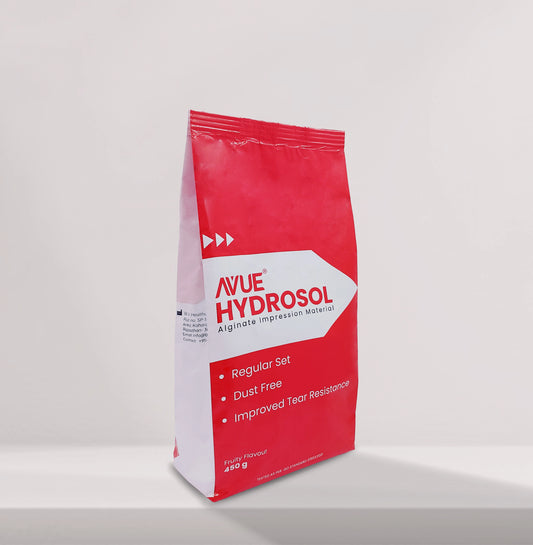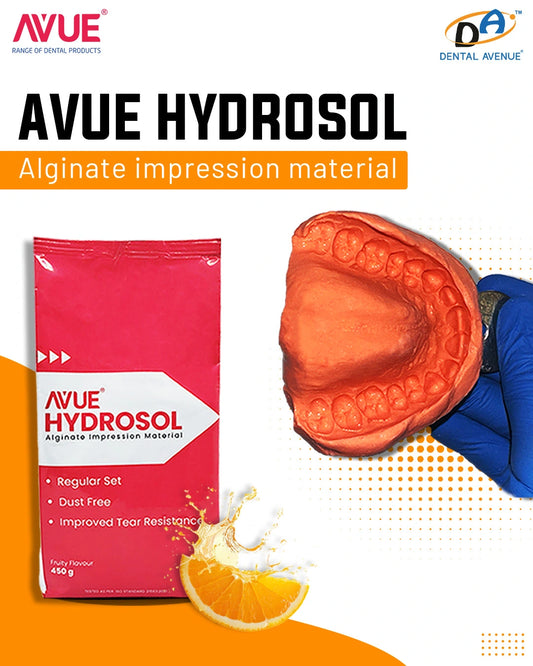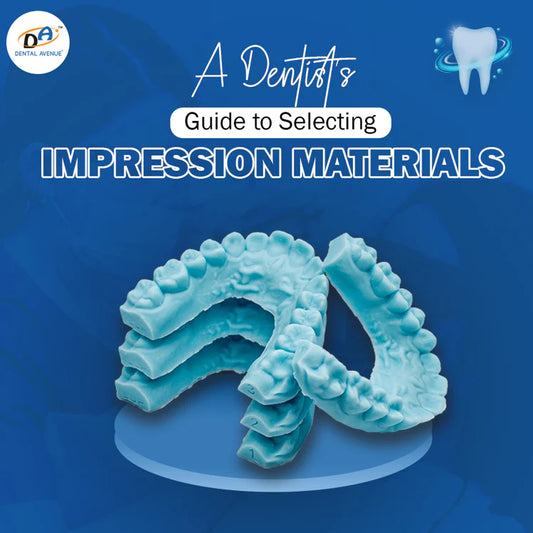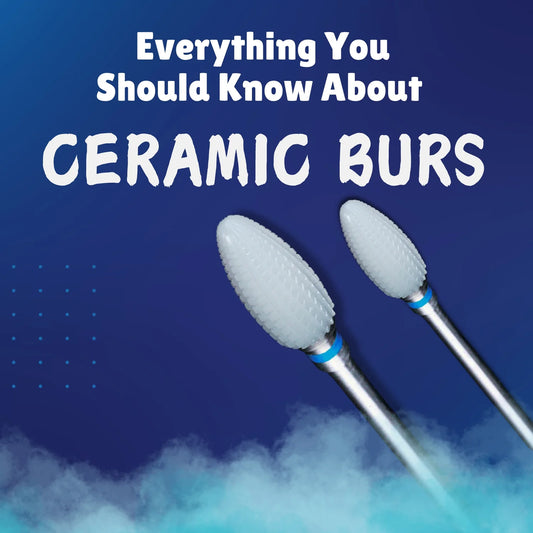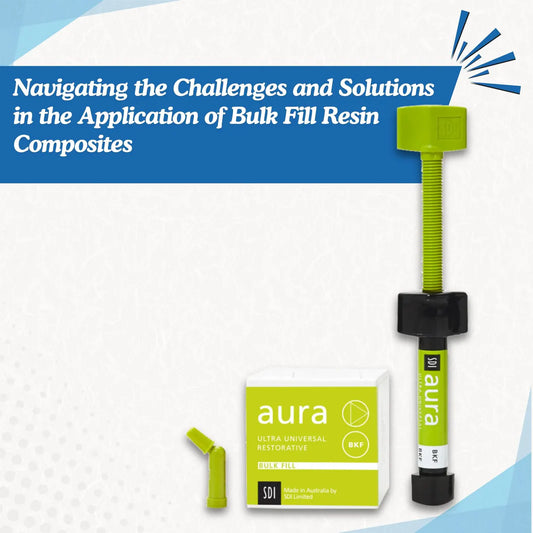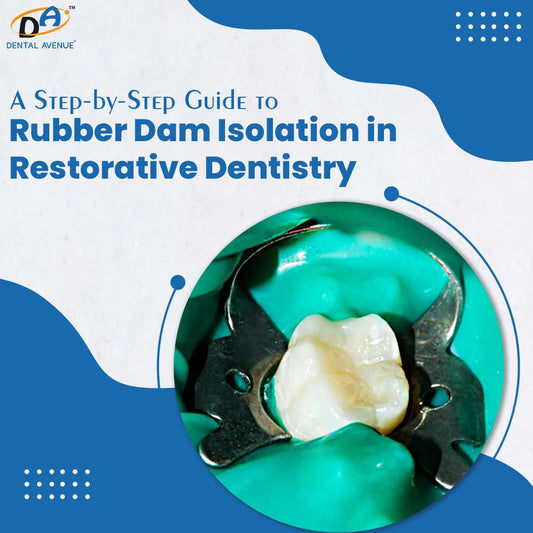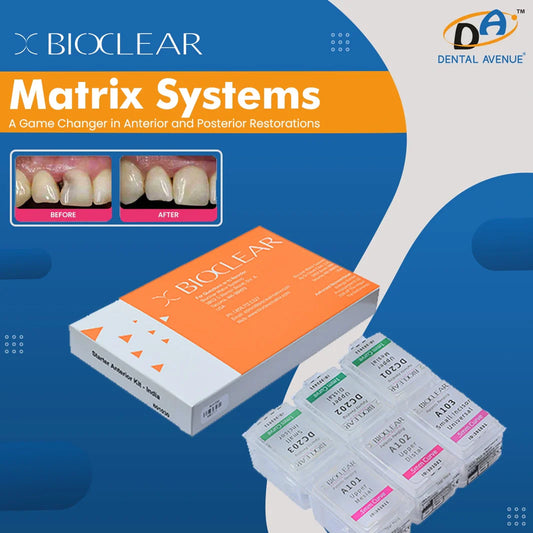Root canal treatment is one of the most important procedures in dentistry aimed at salvaging teeth affected mainly by infection or decay. In RCT one of the most important steps is obturation, where after cleaning and shaping the prepared canals are filled with materials and various techniques to prevent re-infection. In this article, we will discuss the concept of obturation, its importance, and various tips and techniques for achieving optimal sealing.
What is Obturation?
Obturation is a method that is used to fill and seal a cleaned and shaped root canal using a root canal sealer and core filling material. It is a three-dimensional filling of the entire root canal system with biologically acceptable materials to eliminate any remaining bacteria and also provides a barrier against future infection. Materials like gutta-percha cones and dental sealers are mainly used in the process.
Why is obturation crucial in Root Canal Treatment?
Obturation is vital for several reasons as follows:
- Apical seal: Obturation helps in apical closure with a proper seal at the apex, thus preventing entry of bacteria and causing re-infection.
- Support of the tooth structure: It helps in providing structural integrity to the tooth, thus allowing successful restoration.
- Biocompatibility: All the materials used in endodontic obturation are biocompatible thus minimising the adverse effects on surrounding tissues.
- Long-term success: successful obturation overall leads to the long-term success of the tooth canal treatment, enhancing the longevity of the treated tooth.
Obturation techniques for Root Canal:
There are many obturation techniques in root canal procedures, each one having its advantages and indications:
Cold lateral compaction:
In cold lateral compaction, placement of master gutta percha point. This point is compacted against the wall of the canal with the help of a spreader, later additional gutta percha cones can be added to fill the void and spaces created by the spreader. The whole process is repeated until the canal is filled. This technique is straightforward and allows for a good adaptation to the canal anatomy, mainly used for teeth having irregular canal anatomies.
Warm vertical compaction:
In warm vertical compaction obturation technique or warm vertical obturation, heated gutta-percha is used which is softened due to heat and compacted vertically in the canal. The warm gutta percha provides densely packed obturation with no voids, promotes better adaptation of the material to the canal and conforms to the asymmetry of the canal, however, it may require proper temperature control to avoid peri apical injuries.
Warm lateral compaction:
In this technique, a master cone corresponding to the working length and the canal shaper coated with sealer is placed and inserted. A warm spreader is used to compact the material laterally, accessory canals are used continuously and compaction is repeated until the canal is filled.
Continuous wave compaction:
Continuous wave compaction is a relatively new approach to endodontic obturation that employs the combination of heat and pressure. A heated plugger is used to condense the gutta-percha and continuous pressure is applied, allowing gutta-percha to flow into the canal, this method offers excellent compaction & sealing, thus making it a perfect choice for many practitioners.
Thermo plasticized gutta-percha injection:
This process is technique-sensitive and continuous heating of gutta-percha until it becomes thermoplastic and then injected into the canals using a specialised syringe. This system is advantageous as it fills the accessory canals as well and provides excellent adaptation and minimised voids
Carrier-based gutta-percha
This technique utilises a carrier to deliver the gutta-percha in the canals. The carrier is usually made up of plastic or metal and is pre-filled with gutta-percha. This technique is effective for larger and wider canals though the carrier should be removed carefully while doing the procedure.
Tips for achieving optimal root canal sealing:
- Thorough cleaning and shaping: ensuring the canal is thoroughly cleaned and shaped before obturation to eliminate all the debris and bacteria
- Use quality materials: using high-quality materials that are biocompatible and are manufactured by reputed sources and have well proven record of success
- Adequate visualisation: both gutta-percha and sealer ensure proper visualisation for adequate root canal obturation filling to avoid any discrepancy
- Avoid overfilling: ensure the canal is not overfilled to avoid complications later and leads to poor prognosis.
- Post operative assessment: it is necessary for regular follow-ups at regular intervals to assess the success of endodontic obturation and detect any potential damage.
Conclusion:
Obturation is one of the crucial steps in root canal treatment that directly impacts the overall success and prognosis of treatment. Getting an in-depth understanding of obturation dental techniques, their application and their advantages over others allows dental practitioners to achieve optimal sealing and enhance the longevity treatment. Proper selection of techniques and materials coupled with best practices ensures optimal outcomes in dental treatment.
FAQs
Q. What are the objectives of obturation in endodontics?
The main objective is to ensure proper apical sealing of the apex so that no re-entry of bacteria that allows infection also supports the tooth structure.
Q. What materials are used in root canal obturation?
Common materials used are gutta-percha points, sealers (resin-based & bioceramics), and plungers.
Q. When not to obturate root canal?
If the peri-apical pathology is present, the presence or persistence of exudates from the canal.
Q. What is the most common root canal obturation technique?
The most common obturation dental technique is the lateral condensation technique.

